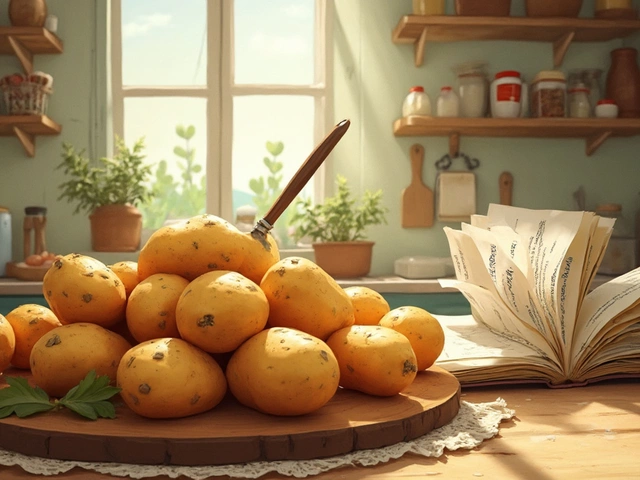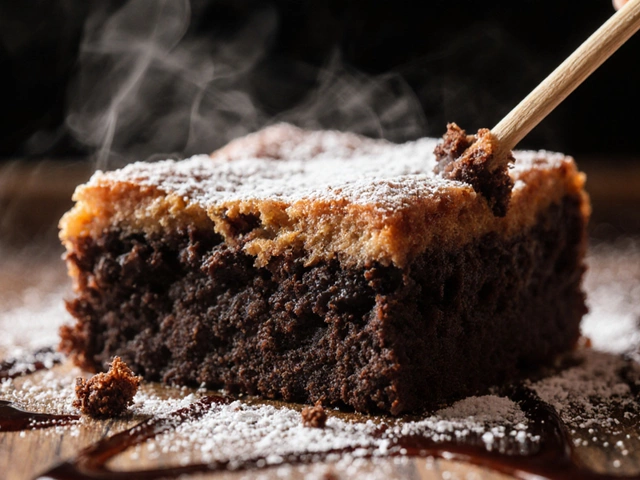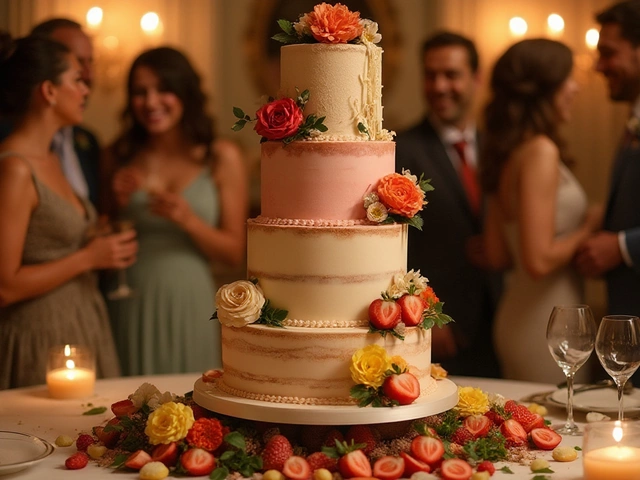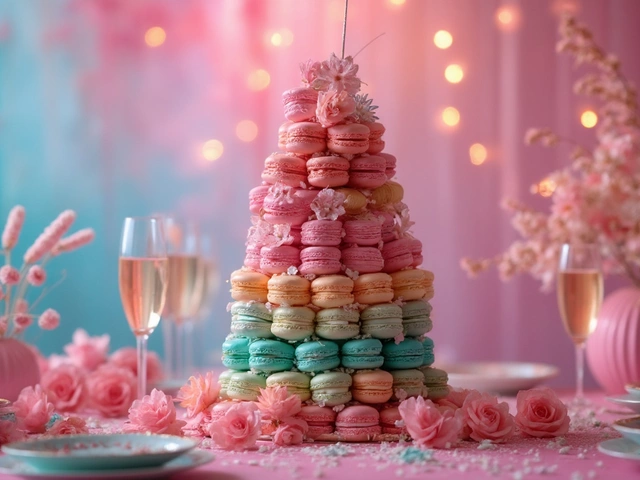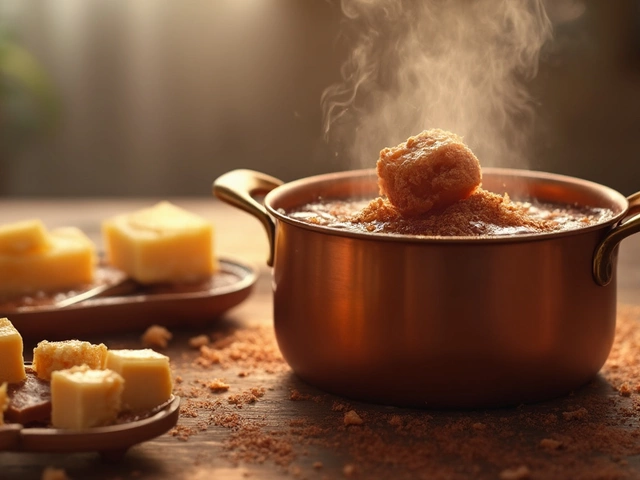Pressed Flower Cake: Simple Steps to a Blooming Dessert
If you love cake and fresh flowers, a pressed flower cake is the perfect middle ground. You get a stunning look without the hassle of fresh petals wilting under frosting. Below you’ll find everything you need to pick, press, and decorate with safe, tasty blooms – all in plain English.
Choosing and Pressing the Right Flowers
First, make sure the flowers are edible. Good choices are roses, pansies, violets, marigolds, and lavender. Avoid anything that’s been sprayed with pesticides or grown in a pot that’s kept outside. If you’re unsure, buy organic blooms from a reputable market.
Wash the petals gently in cool water and pat them dry. Then, place them between two clean kitchen towels or parchment paper and put a heavy pan or a book on top. Let them sit for 24‑48 hours. The pressure and time draw out moisture, leaving the petals flat and bright‑colored.
While you wait, prep the cake layers. A vanilla sponge, chocolate mud, or lemon chiffon all work well. Bake the layers, let them cool completely, and trim the tops for an even surface. A level base makes placing the flowers look neat.
Putting the Flowers on Your Cake
When the petals are dry, decide on a layout. You can go for a single‑petal border, a full‑cover design, or a random scattering that feels natural. Lightly brush the frosted surface with a thin veil of simple syrup or a dab of softened butter. This “glue” helps the petals stick without sliding.
Start in the center and work outward. Press each flower gently but firmly into the frosting. If a petal tears, tuck the broken piece under a neighboring petal – it adds a rustic touch.
Finish with a light dusting of powdered sugar or a few gold leaf flakes for extra sparkle. The cake is ready to serve, but remember pressed petals are delicate. Store the cake in a cool, dry place, or refrigerate it loosely covered for up to three days.
Want a flavor boost? Add a hint of rose water to the buttercream or a splash of lavender extract to the filling. The subtle floral taste pairs nicely with the visual appeal.
Lastly, think about themes. A spring garden cake works with pastel roses and baby’s breath, while a rustic autumn cake shines with dried marigolds and deep‑red roses. The same pressing technique adapts to any style.
That’s it – a pressed flower cake that looks fancy, tastes great, and stays fresh. Grab some edible blooms, press them, and let your creativity bloom on the plate.
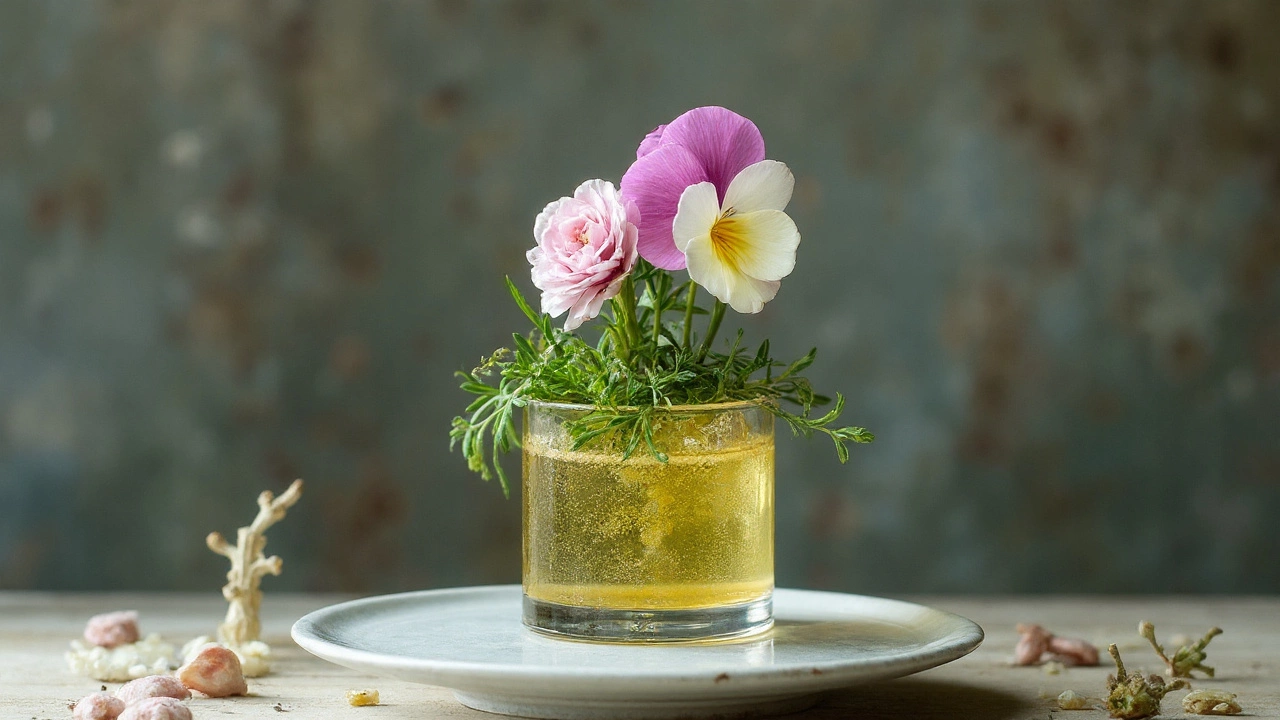
Next Cake Trend 2025: Botanical Pressed-Flower Cakes (Why and How to Nail It)
The next cake trend for 2025 is Botanical Pressed-Flower Cakes: edible blooms, herb-infused flavours, and a glossy gel finish. Here’s why it’s big and how to make it.
View More
